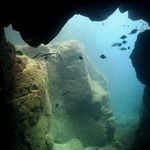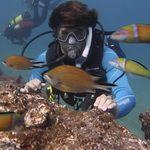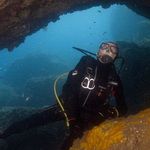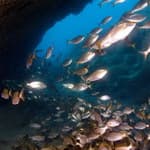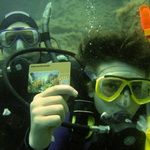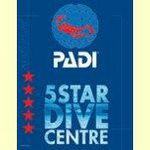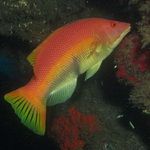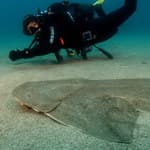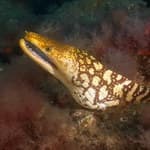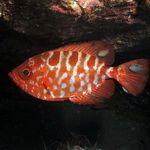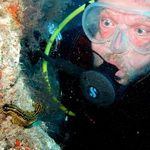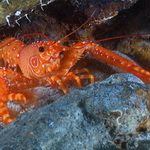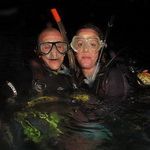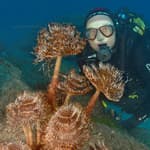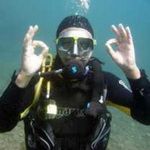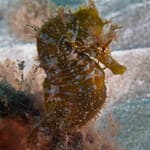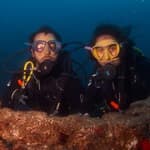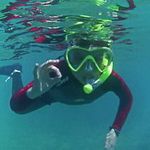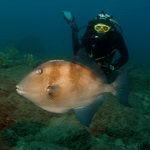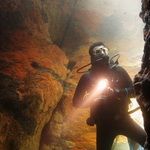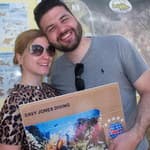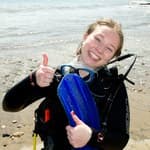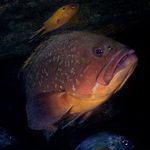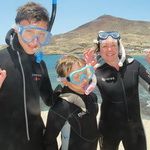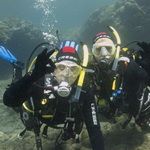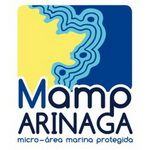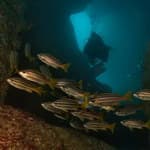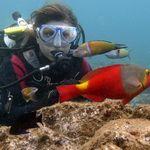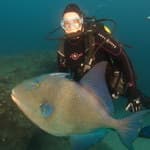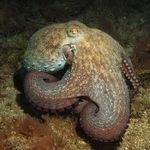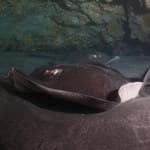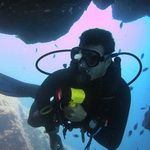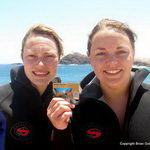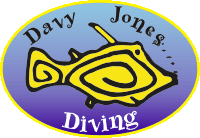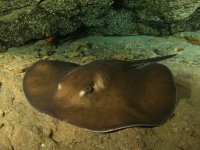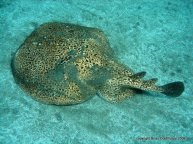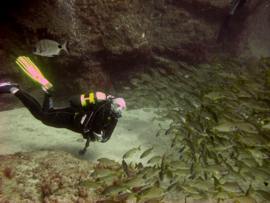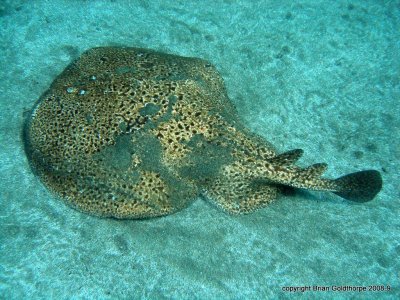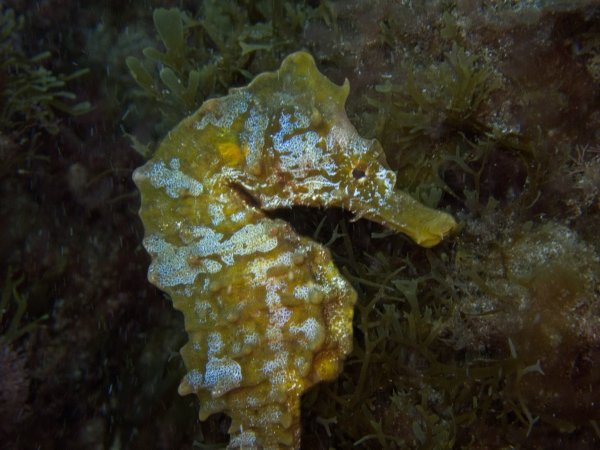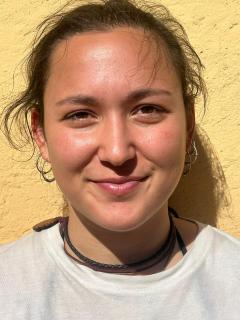PatiNegro guide to el Cabrón
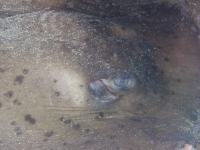
|
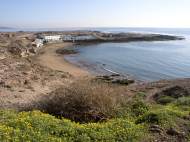
|
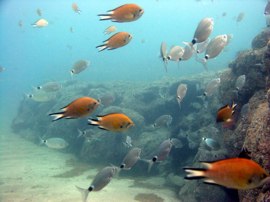
|
||||

|

|

|
||||
Location and DescriptionThe Playa del Cabrón is located to the north of the town of Arinaga, just before the points of 'Punta de la Sal' and 'Punta de la Monja'. It has a length of about 300 metres and an average width of 27 metres. It is formed of a golden, fine grained sand, and is a windy beach but with calm waters. Here the waters of the Atlantic meet with the blue of the sky, where the sun shines on it for more that 300 days of the year. The temperature in Gran Canaria is similar to eternal spring, and only exceptionally drops below 16C; invites you to jump into the water. With a shallow depth, the visitor can study the seafloor for marine animals and marine fauna and see species not easily seen in any other area of the Canarian Archipeligo. We can also admire some species of seabirds, residents and others on migration, such as the Grey Heron (Ardea cinerea), Little Egret (Egretta garzetta) and Kentish Plover (Charadrius alexandrinus). |
Marine Bio-diversityIn the marine environment here experts have identify around 153 species of marine algies, from which we get an idea of the rich flora of this area. Of special interest are the fields of marine fanerogams (flowering plants), usually found with areas dominated with the species Cymodocea nodosa. With respect to invertebrates, more than 200 species have been found. However it is the fish which will undoubtedly attract the attention of naturalists and enthusiasts. There are more than 100 species reported in the zone, of which no less than 76 are considered established in the area and 30 are occaisional or rare. The presence of seahorses (Hippocampus ramulosos), Trumpetfish (Aulostomus striosus) and spiny pufferfish (Chilomycterus agringa) stand out. Other fish are more common, but those that form part of the special underwater landscape of El Cabrón are the Yellow Snappers (Pomadasys incisus), barracudas (Sphyraena viridensis), bream (Diplodus spp), Grouper (Epinephelus marginatus), Cernia Rossa (Mycteroperca fusca), moray eels and parrotfish. |
Conservation is importantWithout doubt we have here an area which is an exceptional when compared to the rest of the coast of Gran Canaria, but much has now deteriorated because of human actions, so we must act now to protect the area. On the other hand it is always difficult to reconcile the distinct activities which many different residents of the island take part in here, such as camping, fishing, shellfish collecting, diving and water sports in general. Without restrictions it is a problem which an adequate environmental management plan needs to resolve. For the bigger picture, the area of ecological interest is not just restricted to the zone of El Cabrón, but stretches from the Punta de la Sal to the Bahia de Formas including the Roque de Arinaga and it's adjacent waters. This area houses a genetic eco-system which we must try to protect and conserve to face the future. |


